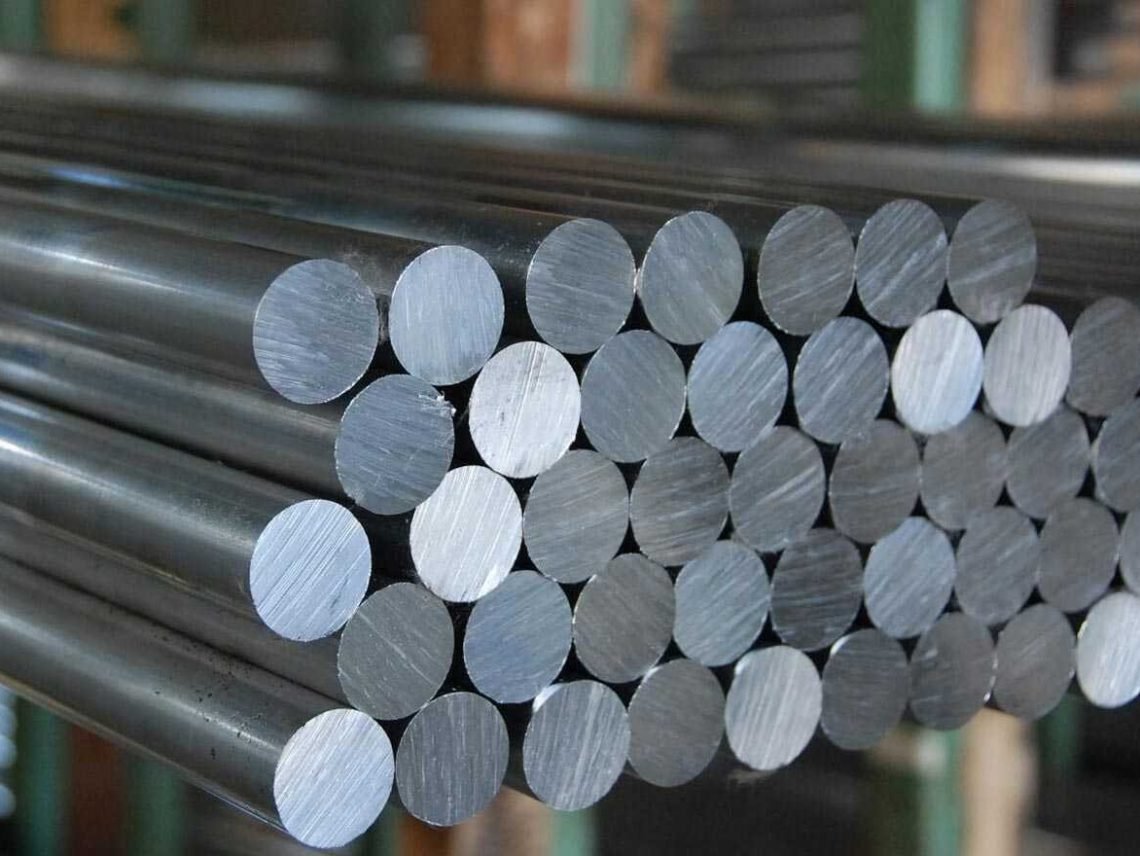
Table of Contents
ToggleIn the world of engineering and manufacturing, selecting the right material determines success or failure, especially in high-pressure environments. From deep oceans to the stratosphere, and from car engines to oil and gas pipelines, industries rely on metals capable of handling immense pressure.
premium metals for high-pressure applications offer more than strength. They balance durability, corrosion resistance, temperature tolerance, and cost-effectiveness. As industries evolve, the metals we use must also advance.
This article examines high-pressure metals, their properties, applications, and industries that rely on them. Whether you’re an engineer, business owner, or curious reader, discover the best metals for high-pressure situations and their significance.
Strength defines a material’s ability to withstand pressure without deforming. Metals must endure internal and external forces while maintaining structural integrity. High tensile strength ensures stability under intense conditions, making it essential in pressure vessels where failure could lead to catastrophic results.
Durability influences equipment lifespan in high-pressure environments. Metals must resist wear and fatigue to handle cyclic loading effectively. Durable materials reduce maintenance needs, extend equipment life, and lower costs in industries where downtime is expensive.
Corrosion resistance is vital in environments prone to chemical exposure, moisture, or extreme conditions. Metals like stainless steel, Inconel, and Hastelloy resist oxidation, rust, and degradation, making them ideal for chemical processing, marine applications, and oil and gas industries.
High-pressure systems frequently operate under extreme temperatures, ranging from very high to sub-zero. A metal’s ability to retain structural integrity across wide temperature ranges is essential to avoid failure caused by thermal stress. Therefore, metals like Inconel and Hastelloy are highly valued for their consistent mechanical properties at both high and low temperatures. As a result, these materials are ideal for aerospace and power generation applications, where thermal resilience is crucial.
While performance and durability are critical, cost-effectiveness is equally important in selecting materials for high-pressure applications. Balancing performance with budget constraints is vital, particularly for large-scale projects or cost-sensitive applications. Moreover, cost-effectiveness encompasses both the initial metal cost and long-term expenses, such as maintenance, replacement, and operational efficiency. Consequently, opting for a material with a higher upfront cost can result in significant savings over time due to reduced maintenance and extended service life.
Materials scientists are always learning and developing new alloy combinations to create high-pressure metals with more suitable residences. These alloys may additionally provide improved power, corrosion resistance, and temperature tolerance, providing engineers with more options for precise programs.
The usage of nanotechnology is beginning up interesting opportunities in the high-pressure steel era. Nanomaterials and nanocomposites can offer exceptional strength, sturdiness, and resistance to corrosion. They may also lessen fabric weight whilst maintaining or even enhancing performance.
Environmental considerations are becoming increasingly crucial in materials technological know-how. Researchers are running on sustainable metallic alternatives, exploring recycling strategies, and reducing the environmental impact of metal production tactics. Sustainable metals can meet excessive-pressure needs while aligning with green tasks.
The selection of the best metal for high-pressure applications depends on several factors. These include the operating temperature, the type of media (gas or liquid) being contained, the level of corrosion resistance required, the pressure levels, and the specific industry standards or regulatory requirements. Metals vary in their strength, ductility, thermal conductivity, and resistance to corrosion, making it crucial to consider the specific demands of the application.
Stainless steel is frequently chosen for high-pressure applications due to its excellent corrosion resistance, high strength, and durability. It can withstand extreme temperatures and pressures without degrading. Additionally, stainless steel’s resistance to rust and staining makes it ideal for applications where purity and cleanliness are essential, such as in the food and pharmaceutical industries.
Yes, non-steel alternatives like titanium and nickel alloys are sometimes used in high-pressure environments. Titanium is known for its high strength-to-weight ratio and exceptional corrosion resistance, making it suitable for aerospace and marine applications. Nickel alloys, like Inconel, offer superb thermal stability and resistance to oxidation, which is crucial in high-temperature, high-pressure environments like those found in the energy sector.
The manufacturing process, including forging, casting, and heat treatment, significantly impacts the metal’s microstructure and, consequently, its performance under high pressure. Proper heat treatment can enhance strength and toughness, while precise forging can improve the metal’s grain structure, leading to better mechanical properties. Inadequate or inappropriate processing can lead to defects, reducing the metal’s ability to withstand high-pressure conditions.
Recent advancements in metallurgy have led to the development of ultra-high-strength steels and superalloys, which offer enhanced performance in high-pressure environments. These materials are engineered to have a fine-grained microstructure, providing superior strength and toughness. Additionally, the incorporation of alloying elements like chromium, molybdenum, and vanadium has improved the temperature and corrosion resistance of these metals, making them more suitable for challenging high-pressure applications.
Table of Contents
ToggleIn the realm of industrial solutions, Red River emerges as a pioneer, offering a diverse range of custom-engineered products and facilities. Among our specialties is the design and production of Custom/OEM Pressure Vessels, meticulously crafted to meet individual client requirements, ensuring performance under various pressure conditions. Our expertise extends to the domain of prefabrication, where Red River leads with distinction.
The company excels in creating prefabricated facilities, modules, and packages, reinforcing its stance as a forerunner in innovation and quality. This proficiency is further mirrored in their Modular Skids offering, where they provide an array of Modular Fabricated Skid Packages and Packaged equipment. Each piece is tailored to client specifications, underlining their commitment to delivering precision and excellence in every project they undertake.